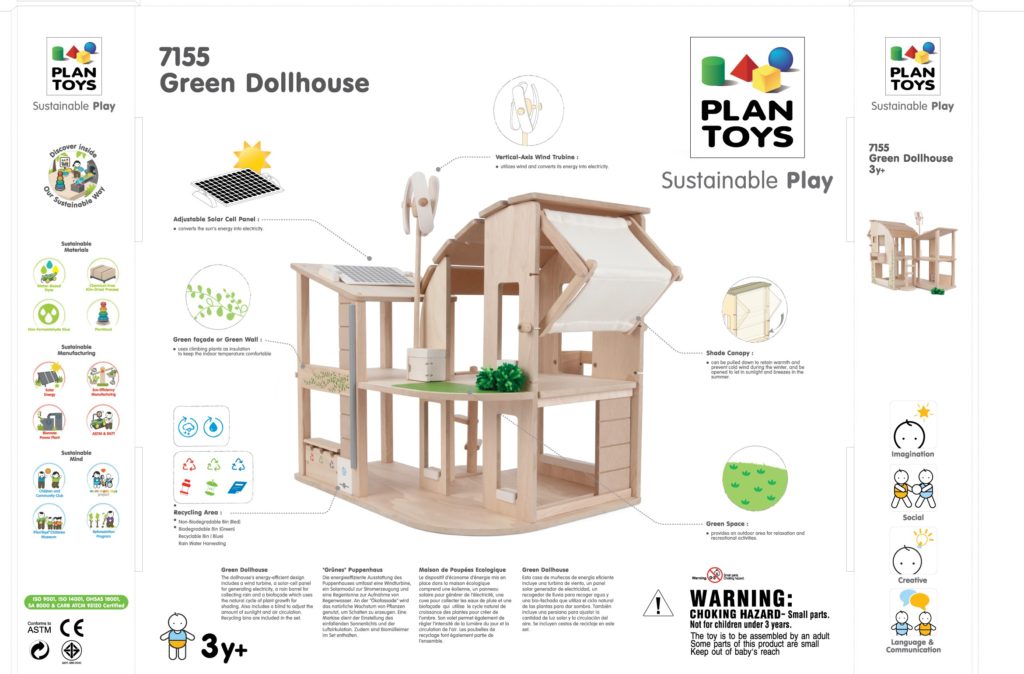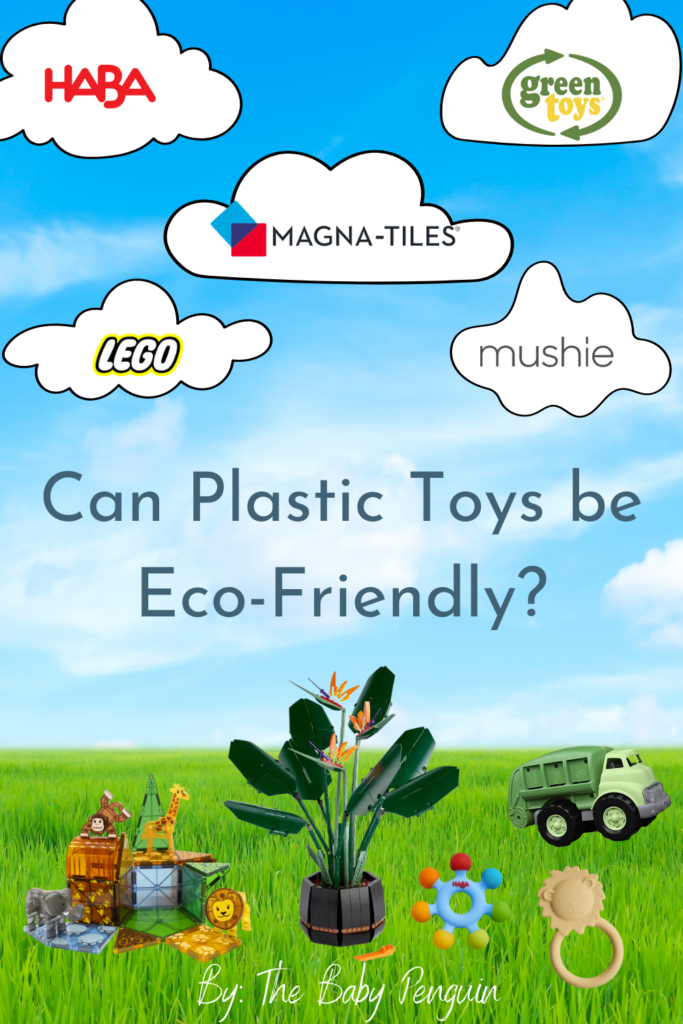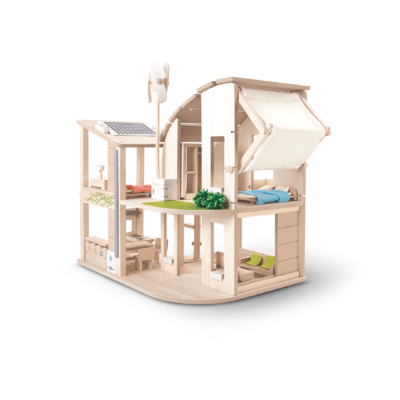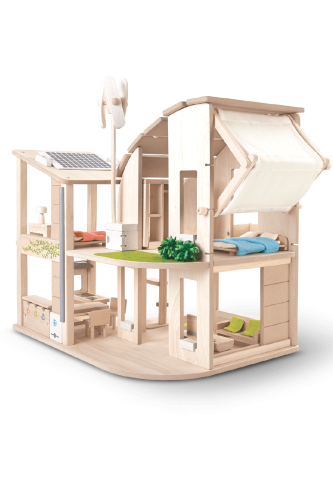Table of Contents
ToggleSustainable Homes Built from Recycled Plastic Toys Revolutionizing Construction
The Journey from Toy to Home
Plastic waste is a major environmental challenge with millions of tons produced annually. A significant portion of this waste comes from toys, which often have a short life span and are frequently discarded. The transformation of plastic waste into sustainable building materials offers an effective means of reducing environmental impact while creating durable and cost-efficient structures.
The Technology Behind Toy-Based Construction
The process of turning recycled plastic toys into building materials involves several key steps:
- Collection and Sorting: Used plastic toys are collected and sorted by type and color. This stage is crucial as it ensures that only the right kinds of plastics, typically those that are easily recyclable, are selected.
- Shredding: Once sorted, the toys are shredded into small pieces, creating raw material that is easier to handle.
- Processing and Molding: The shredded plastic is then processed and melted down. During this stage, any additives required for enhancing durability or insulation properties are mixed in before the mixture is poured into molds.
The resulting materials are then cooled and cut into **bricks, panels**, or other construction elements. These components are strong, lightweight, and have excellent insulation properties, making them ideal for a variety of construction applications.
I love our Green Dollhouse we sell!

Advantages of Plastic-Based Building Materials
Environmental Benefits
The use of recycled plastics in construction offers a significant reduction in plastic waste. Some of the key environmental benefits include:
- Reduction in Landfill Waste: By repurposing plastic toys, the amount of waste sent to landfills is significantly decreased, reducing environmental pollution and conserving valuable space.
- Lower Carbon Emissions: The process of recycling and repurposing plastics typically requires less energy than traditional manufacturing methods, leading to a reduction in overall carbon emissions.
Economic and Societal Impacts
- Cost Efficiency: Homes built with recycled plastic materials often have a lower construction cost compared to those made with traditional materials such as wood or concrete. These savings could potentially make home ownership more accessible to a wider range of people.
- Job Creation: The collection and processing of plastic waste create new job opportunities in recycling and construction sectors.
Enhanced Building Performance
Materials manufactured from recycled plastics provide various technical advantages:
- Durability and Flexibility: These materials are resistant to pests, moisture, and decay, ensuring a long-lasting structure. They can also be molded into various shapes and sizes, providing more architectural flexibility.
- Insulation Properties: Plastic-based materials provide excellent thermal and sound insulation, leading to greater energy efficiency in homes.

Challenges and Considerations
Despite the many benefits, there are several challenges that need to be addressed for the widespread adoption of recycled plastics in construction:
Regulatory Compliance and Safety Standards
Ensuring that these innovative materials meet existing building codes and safety regulations is crucial. Research and development are ongoing to certify these materials’ safety and fire resistance.
Market Acceptance and Awareness
Increasing public awareness and acceptance of homes built with recycled materials is essential. Educating consumers on the benefits of plastic-based construction can drive demand and promote sustainable building practices.
Future Prospects and Innovations
As technology continues to evolve, new processes and innovations are enhancing the potential of recycled plastics in construction. Some future directions include:
Hybrid Materials
Developing composite materials that combine recycled plastics with renewable resources like bamboo or hemp could further enhance building performance and sustainability.
3D Printing
The integration of 3D printing technology in the fabrication of building components allows for customized, rapid production and reduced waste.
Circular Economy
Encouraging a circular economy where materials are continually reused and repurposed can revolutionize the construction industry, leading to sustainable cities and communities.
Conclusion
The concept of building homes from recycled plastic toys is no longer just a novelty. It’s a transformative approach with the potential to reshape the construction industry, contributing to a more sustainable future. By embracing these innovations, we can not only address the critical issue of plastic waste but also create environmental, economic, and social benefits that extend well beyond the four walls of a home. As awareness grows, more builders and homeowners are likely to adopt these solutions, paving the way for a green revolution in housing and construction.









